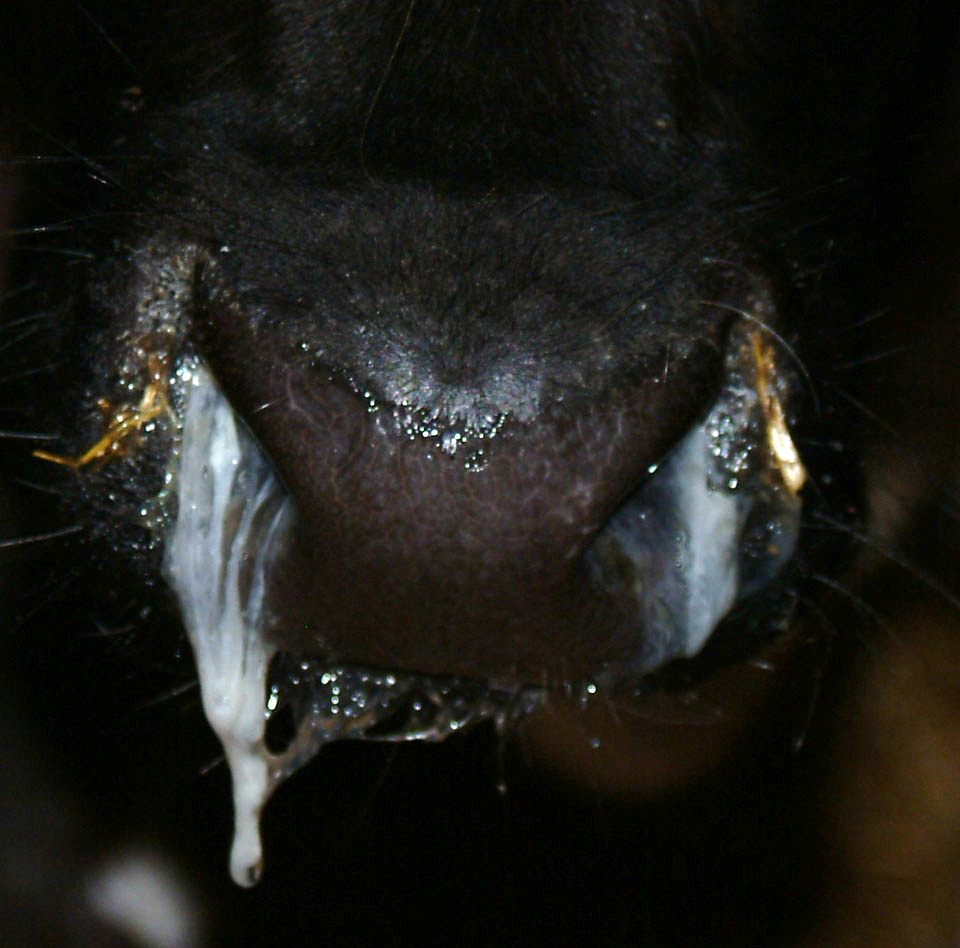Healthy Calf Conference
Follow to stay up-to-date on all Healthy Calf Conference updates. Speaker announcements, sponsorship information, registration announcements, and more.
Early detection is extremely important for the successful treatment of respiratory disease and preventing the long-term impact of respiratory disease on calf health, welfare, and productivity.

Signs of respiratory illness:
An easier way to track calf health
Catching disease sooner makes it easier to treat – requiring less medical care and antibiotics, as well as preventing a herd level outbreak and further complications. Apps allow you to keep track of health parameters such as nasal discharge, ocular (eye) discharge, ear position/head carriage, appetite, attitude, coughing, rectal temperature, manure consistency, navel characteristics, and appearance of the joints.
Get ahead of BRD with early prevention
Whether a calf develops BRD is influenced by risk factors similar to other diseases, including diarrhea. The calf requires early immune protection from colostrum and sufficient nutrition to for growth and development. However, BRD is also heavily influenced by the environment. While housing and ventilation are critical, it can be particularly frustrating to have to manage BRD outbreaks in the face of fluctuating temperatures.
Follow to stay up-to-date on all Healthy Calf Conference updates. Speaker announcements, sponsorship information, registration announcements, and more.
The Codes of Practice are nationally developed guidelines for the care and handling of farm animals. They serve as our national understanding of animal care requirements and recommended practices.